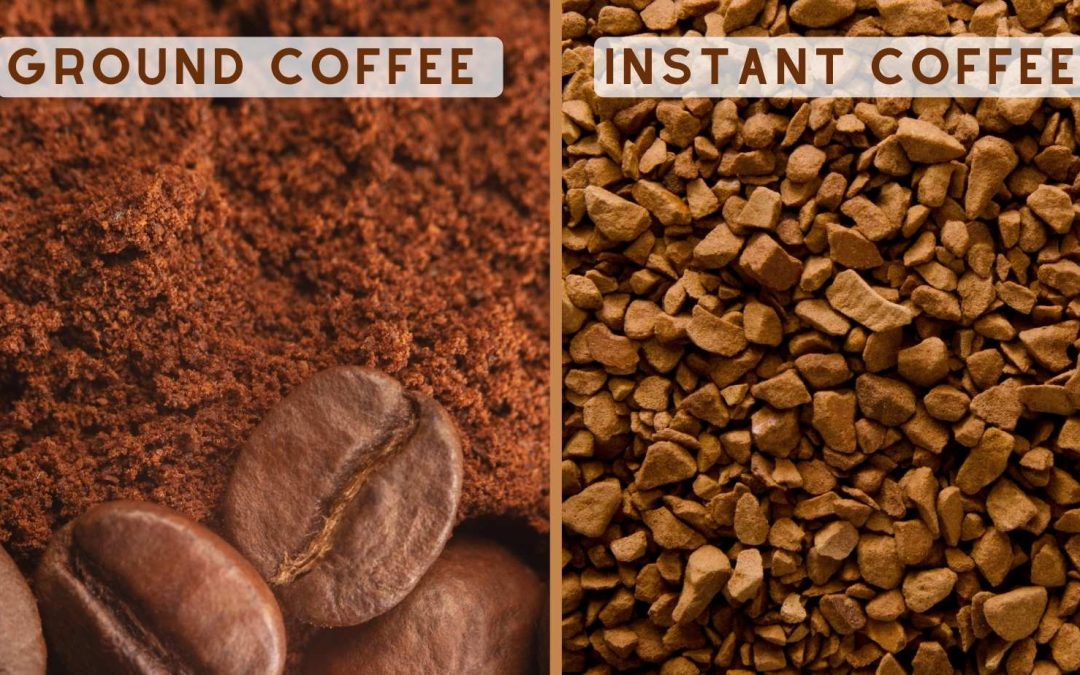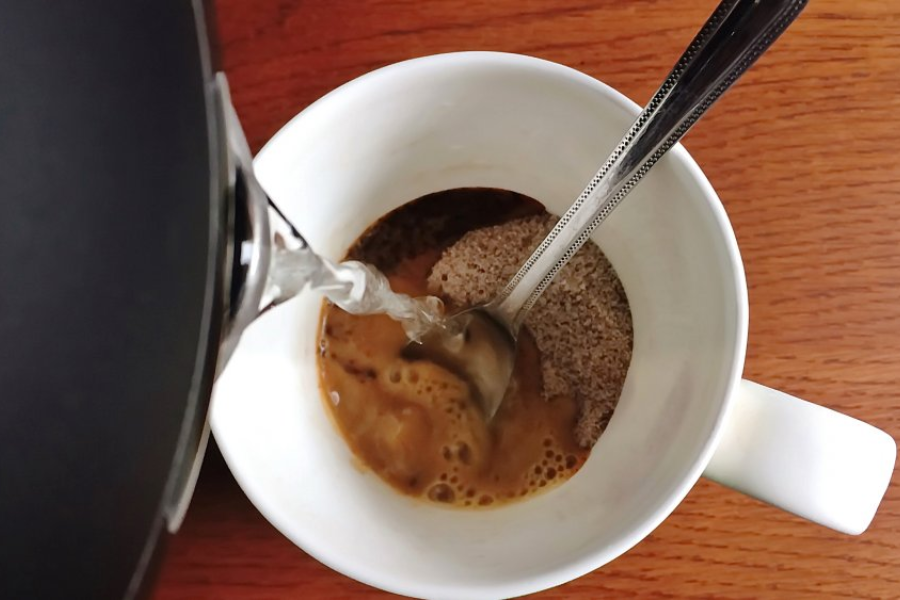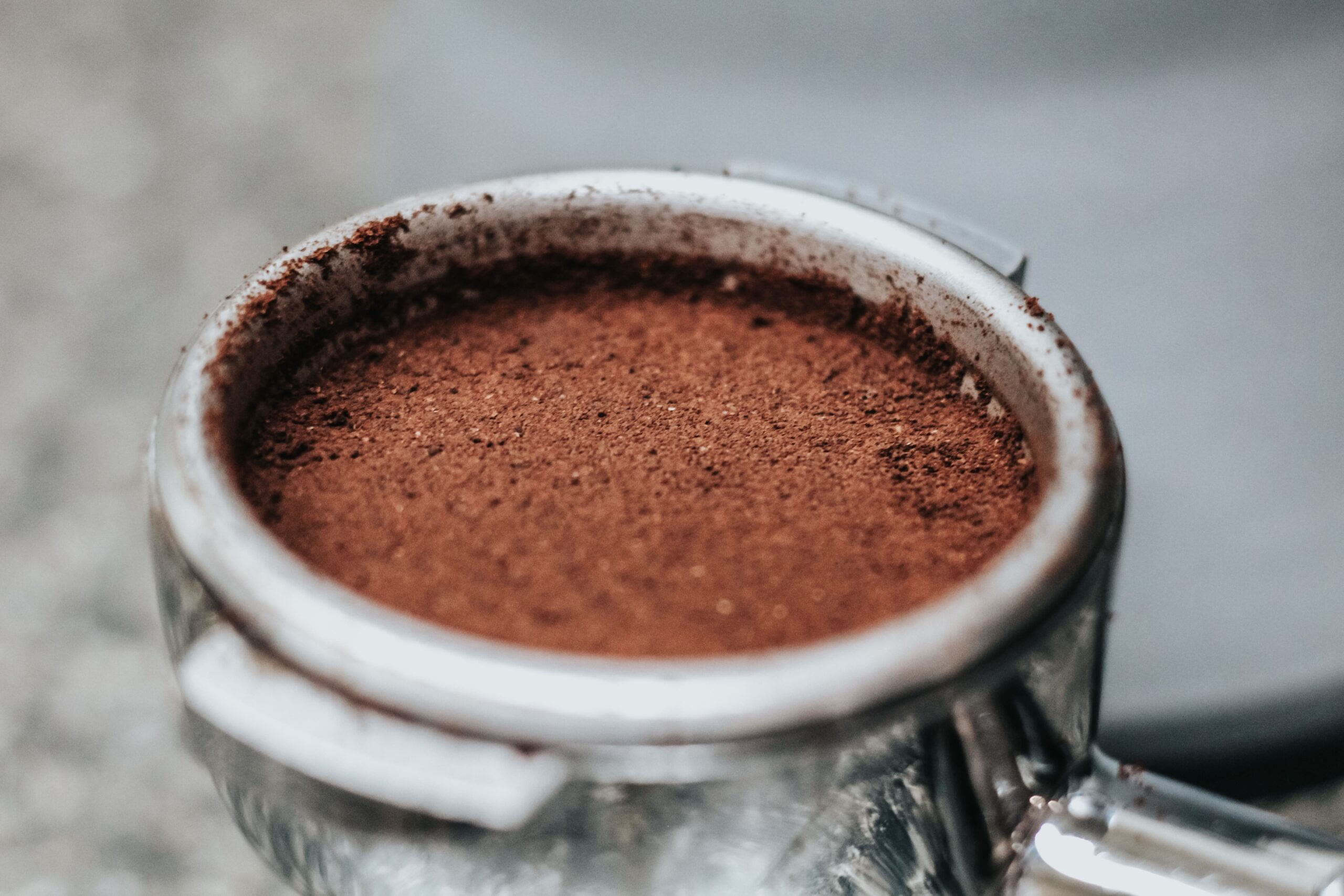Both instant coffee and ground coffee come from roasted coffee beans, but they differ significantly in processing methods, flavor profiles, and brewing techniques. The instant type is produced through extraction and dehydration into powder that dissolves immediately in hot water. The ground type is milled from freshly roasted beans and requires brewing through devices like drip makers, French presses, or espresso machines. When properly brewed, ground coffee delivers a much more robust and complex flavor experience.

The core distinction between these two types lies in flavor depth and brewing control. Instant coffee has a lighter taste, sometimes slightly bitter due to industrial processing. Meanwhile, ground coffee allows adjustment of grind size, water temperature, and brewing duration, directly impacting strength, body, and acidity. Instant coffee needs no equipment and is ready in seconds – ideal for speed and simplicity. The choice between the two depends on whether you prioritize speed and convenience or a rich, customizable cup.
What is instant coffee?
Instant coffee is a pre-brewed coffee form that has been dried into granules or powder capable of dissolving quickly in hot water or milk. Its main characteristic is the ability to recreate brewed coffee without any brewing equipment. The name “instant coffee” stems from its capability to dissolve instantly in water for immediate use. On the market, instant coffee comes as fine powder, granules, or freeze-dried chunks. Unlike ground coffee, the instant variety dissolves completely in water, leaving no residue. “Soluble coffee” is another term for instant coffee.
Instant coffee is made from roasted Arabica or Robusta beans through a process of brewing extraction followed by freeze-drying or spray-drying into soluble powder. Robusta is the most common bean type in instant coffee production because it contains more caffeine, costs less, and resists pests better. According to a 2024 report from the U.S. International Trade Commission, Robusta accounts for 30-40% of global coffee production and is primarily used for instant and blended coffees due to easier cultivation and processing.

Instant coffee was invented by Satori Kato, a Japanese chemist in Chicago, who introduced the first soluble coffee at the 1901 Pan-American Exposition. Instant coffee represents a significant market share in global coffee production which reached 9.9 billion kilograms in 2020-2021, according to a 2024 study published in Cleaner Environmental Systems by Mayra L. Pazmiño. This type contains less caffeine than brewed coffee but still provides a noticeable energy boost.
Production process of instant coffee
Instant coffee is produced through a multi-stage process that transforms roasted coffee beans into soluble powder with long shelf stability. The process begins by roasting green beans at approximately 204°C (400°F) to develop aroma and flavor. The roasted beans are then ground fine (0.5-1.1mm) to extract maximum flavor. Using a countercurrent system, hot pressurized water flows through the coffee grounds and dissolves flavor compounds. The resulting coffee solution is then concentrated by removing water.
This concentrated solution is dried using one of two primary methods: spray-drying or freeze-drying. Spray-drying uses hot air (200-300°C) to rapidly convert liquid coffee into powder – this is the most common, lower-cost method. Sometimes spray-dried coffee undergoes agglomeration, a process that binds fine instant coffee particles into larger, more porous clusters to improve solubility. Freeze-drying, on the other hand, freezes the coffee solution and sublimates water under vacuum at temperatures as low as -50°C. It costs more but preserves more flavor and aroma, used for premium instant coffee.
Read more: Top 10 Instant Coffee Brands in the World
Can you use ground coffee as instant coffee?
No, you cannot use ground coffee as instant coffee. Ground coffee contains insoluble particles that do not dissolve in water and require brewing to extract flavor. Unlike instant coffee, it leaves sediment behind and cannot produce a ready-to-drink beverage without brewing. While you can substitute temporarily, it still requires steeping and filtering. To brew quickly, add coffee grounds to a cup, pour hot water, steep for 4 minutes, then filter or pour carefully before drinking. Ground coffee is designed for brewing methods like drip or espresso, not for dissolving in water.
What is ground coffee?
Ground coffee differs from instant coffee. This is a coffee type made by milling roasted beans into fine, medium, or coarse particles. Particle size, texture, and uniformity affect extraction rate, flavor intensity, and suitable brewing methods. Grinding increases surface area, helping water extract flavor more efficiently. This process divides whole beans into smaller portions based on grind size. After grinding, coffee releases CO₂ through degassing, peaking within 24 hours. Simultaneously, oxidation breaks down flavor compounds, producing bitter or stale notes. Together, these processes reduce freshness and weaken aroma.

Is ground coffee the same as instant coffee?
No, ground coffee and instant coffee are not the same. Ground coffee contains roasted beans that need brewing, while instant coffee has been pre-brewed, dried, and dissolves instantly in water. Ground coffee delivers richer flavor, while instant coffee offers convenience and longer storage life.
The differences between instant coffee and ground coffee
The main difference between instant coffee and ground coffee lies in production and preparation methods. Ground coffee is roasted at 190-250°C for 8-15 minutes and milled with basic equipment at home or small roasteries. Instant coffee requires large-scale brewing processes handling hundreds to thousands of liters per batch. According to a 2006 Journal of Food Science study by M. Okada, spray-drying instant coffee consumes approximately 12,930 kcal/kg, while roasting whole beans uses only 890 kcal/kg. Instant coffee production requires more energy and infrastructure than the simple, quick, and low-cost process of ground coffee.
Instant coffee and ground coffee differ in brewing methods due to compositional differences. Instant coffee is dried liquid that dissolves in hot water without equipment, while ground coffee requires brewing and filtering with tools like French press, Chemex, AeroPress, or espresso machines. Instant coffee is faster and more convenient. Ground coffee takes longer but delivers richer, more complex flavor. These differences affect their caffeine levels, health impacts, taste, shelf life, and price.
1. Differences in caffeine
A standard cup of brewed ground coffee contains more caffeine than a cup of instant coffee. For instance, an 8-ounce cup of drip coffee using about 10 grams of grounds typically contains 80-120mg of caffeine. Compared to a same-sized cup made from instant coffee, using only 1.5-2 grams of powder, which contains about 60-90mg of caffeine. A 2024 study published in Nutrients by Wierzejska from the National Institute of Public Health in Poland confirms this, finding that a 225ml cup of drip coffee has 80-100mg of caffeine, while instant coffee has 60-85mg.
Bean type also plays a key role. Instant coffee often uses Robusta beans, which are naturally higher in caffeine (2.2-2.7%). Specialty ground coffees typically use Arabica beans, which have lower caffeine content (1.2-1.5%). Despite this, the larger amount of grounds used for brewing is why the final cup of ground coffee is usually stronger.
2. Differences in health
The health effects of instant and ground coffee differ mainly because the manufacturing process alters their natural compounds. For example, instant coffee contains 38-74mg of chlorogenic acids per 200ml cup, while supermarket ground brews provide 9-54mg, according to a 2019 study published in Journal of Advanced Research by Jeon et al. at the Gyeonggi Province Institute of Health and Environment. Unfiltered ground coffee contains up to 0.4mg per 100mL of cafestol and kahweol, diterpenes that raise LDL cholesterol. Instant coffee, however, contains almost none. This was noted in a 2022 Open Heart analysis from UiT The Arctic University of Norway.
Both beverages contribute modest amounts of dietary potassium and magnesium. A 2021 review by Połińska at the Medical University of Gdańsk reported their combined total is roughly 50-110mg per liter. Spray-drying concentrates Maillard products, so instant coffee contains about 358µg/kg of acrylamide. This is double the 179µg/kg found in roasted ground coffee, as measured in a 2013 study by Mojska and Gielecińska.
3. Differences in taste
The taste of instant and ground coffee differs due to production methods and bean types. Ground coffee is made from milled, roasted Arabica beans with aromatic, fruity, and nutty notes. It has preserved oils that produce rich, complex flavors. Proper brewing is required to unlock their full potential. In contrast, instant coffee made from dehydrated Robusta concentrate is bolder and more bitter with lower acidity. It offers convenience but lacks the nuanced flavor of ground coffee.
4. Differences in shelf life
Instant and ground coffee have significant shelf life differences. Instant coffee can last 1 to 20 years when sealed, depending on packaging, processing, and storage. Once opened, it lasts several months to two years. Its freeze-drying process removes moisture and extends shelf life. In contrast, ground coffee only lasts 3-6 months when sealed and degrades within 1-2 weeks after opening. Its larger surface area accelerates oxidation and causes rapid loss of flavor and aroma. Shelf life primarily affects quality, not safety.
5. Differences in price
Several factors influence the price difference between instant and ground coffee, including bean quality, processing, packaging, and equipment requirements. Instant coffee costs $0.10-$0.30 per serving and uses cheaper Robusta beans. Ground coffee made from higher-quality Arabica costs $0.20-$0.50 per serving. Although freeze-drying is complex, large-scale production keeps instant coffee affordable at $0.15-$0.25
